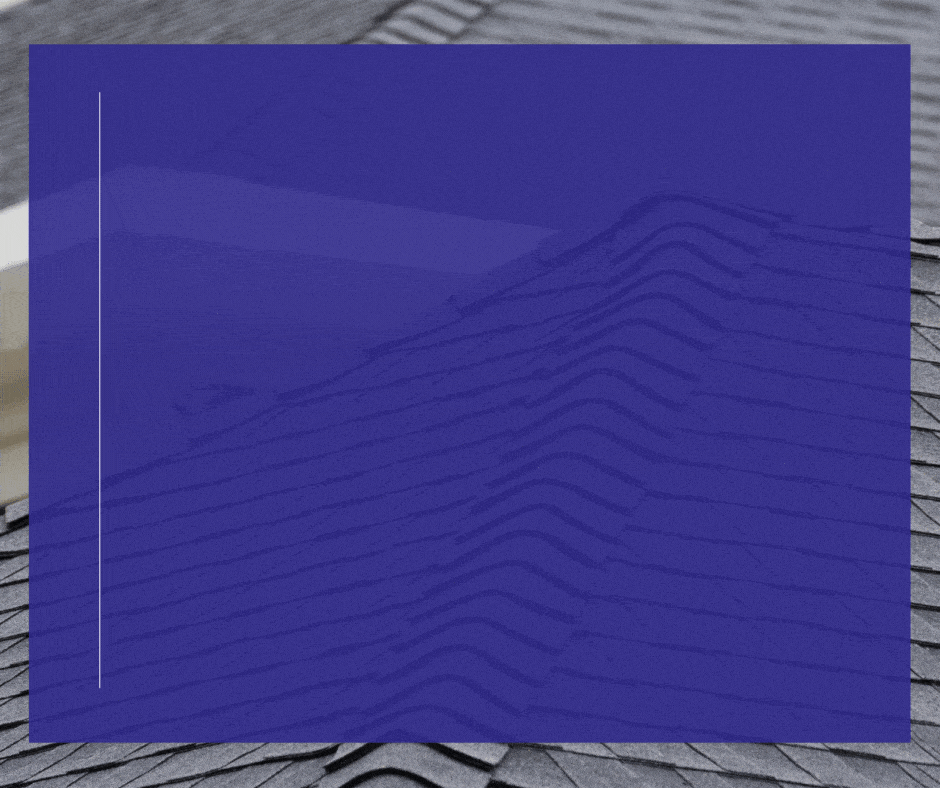When storms hit, your roof is your first line of defense. But not all roofs are built the same. Fortified roofs are specifically designed to hold up better in extreme weather, like high winds, hurricanes, and hail. Whether you’re buying a home, upgrading your current one, or just curious about how roofs actually work, this guide breaks down what you need to know about the structure of a fortified roof—in simple, practical terms.
What Is a Fortified Roof?
A fortified roof follows standards developed by the Insurance Institute for Business & Home Safety (IBHS) through their FORTIFIED program. It’s a system that meets specific design and installation requirements proven to reduce storm damage.
Unlike standard roofing, a fortified roof:
- Resists wind uplift and water intrusion
- Uses sealed decking to prevent leaks if shingles come off
- Reinforces edges and attachments at key points

It’s especially useful in areas like the Gulf Coast or the Southeast where severe weather is common. But any homeowner can benefit from a better-built roof, especially during storm season.
Core Components of a Fortified Roof Structure
Here’s what makes the structure of a fortified roof different from a typical setup:
1. Roof Decking
This is the base layer (usually plywood or OSB) attached to the home’s framing. Fortified roofs require the decking to be sealed and attached with stronger fasteners like ring-shank nails to keep it in place during high winds.
2. Sealed Roof Deck
Underneath the shingles, fortified roofs include a sealed barrier (like a self-adhering membrane or special tape) that prevents water from leaking through if the outer layer gets damaged.
3. Roof Covering
While standard asphalt shingles are allowed, fortified roofs often use impact-resistant materials rated to withstand wind and hail. The installation has to follow strict guidelines, not just the manufacturer’s instructions.
4. Roof Edges and Connections
The edges of the roof—the most vulnerable part during storms—are reinforced with drip edges and starter strips. Fortified designs also improve how the roof connects to the walls, making the whole structure more stable.
5. Vents and Flashing
Even small areas like vents, chimneys, and skylights are upgraded in fortified systems. These areas are sealed better to prevent wind-driven rain from getting inside.
Fortified Roof vs. Standard Roof: What’s the Difference?
Here’s a quick comparison:
| Feature | Standard Roof | Fortified Roof |
| Deck Attachment | Staples or smooth nails | Ring-shank nails |
| Leak Protection | Basic underlayment | Sealed roof deck |
| Edge Protection | May be minimal | Reinforced drip edges |
| Wind Uplift Resistance | Meets local code | Exceeds code, tested up to 130 mph+ |
| Certification | Not usually certified | Can be FORTIFIED Bronze, Silver, or Gold |
A standard roof might meet local codes, but a fortified one goes several steps beyond. It’s built with the expectation that extreme weather will happen, not might.
Why Fortified Roof Structure Matters for Homebuyers and Homeowners
A fortified roof isn’t just about safety (though that’s a big deal). It can also:
- Lower your home insurance premiums (check with your provider for discounts)
- Boost resale value, especially in storm-prone areas
- Help you recover faster after a storm by avoiding major water damage
- Give you long-term protection with less frequent roof repairs
In many areas, builders and homeowners are choosing fortified upgrades even when it’s not required, because the benefits outweigh the cost.
How Inspectors Evaluate the Structure of a Fortified Roof
At Knockout Inspections, we know what to look for in a fortified roof. During a roof inspection, we check for:
- Secure roof decking and fastener type
- Proper sealing and underlayment installation
- Reinforced drip edges and connections
- Signs of wear, damage, or improper installation
- Evidence that the system meets FORTIFIED program specs (if certification is claimed)
Keep in mind: just because a roof looks solid doesn’t mean it meets fortified standards. Some homes claim to have fortified features but were never officially certified, or don’t meet all the structural requirements.

Other Recommended Maintenance
Even fortified roofs need occasional attention. Here’s what we recommend:
- Check after major storms for lifted shingles, flashing damage, or debris buildup
- Clear gutters and downspouts to prevent water from backing up onto the roof
- Inspect vents, skylights, and chimney flashing every season
- Review your warranty and paperwork to make sure your fortified status is still valid (especially after repairs)
When to Call a Professional
You don’t have to climb on your roof to figure out if it’s in good shape. Call a licensed inspector if:
- You’ve had severe weather in your area
- You’re buying or selling a home with a fortified roof
- You want to confirm a roof’s FORTIFIED certification
- You see leaks, stains, or visible damage inside or outside
At Knockout Inspections, we help homeowners get clarity on the structure of their roof, so there are no surprises later.
Conclusion
The structure of a fortified roof is more than just shingles and nails. It’s a smart, storm-ready system that protects your home from the top down. But to be effective, it has to be installed and maintained the right way.
If you’re not sure what kind of roof you have or whether it’s up to today’s standards, Knockout Inspections can help. We’ll give you a clear, honest assessment so you can feel confident in the roof over your head.

